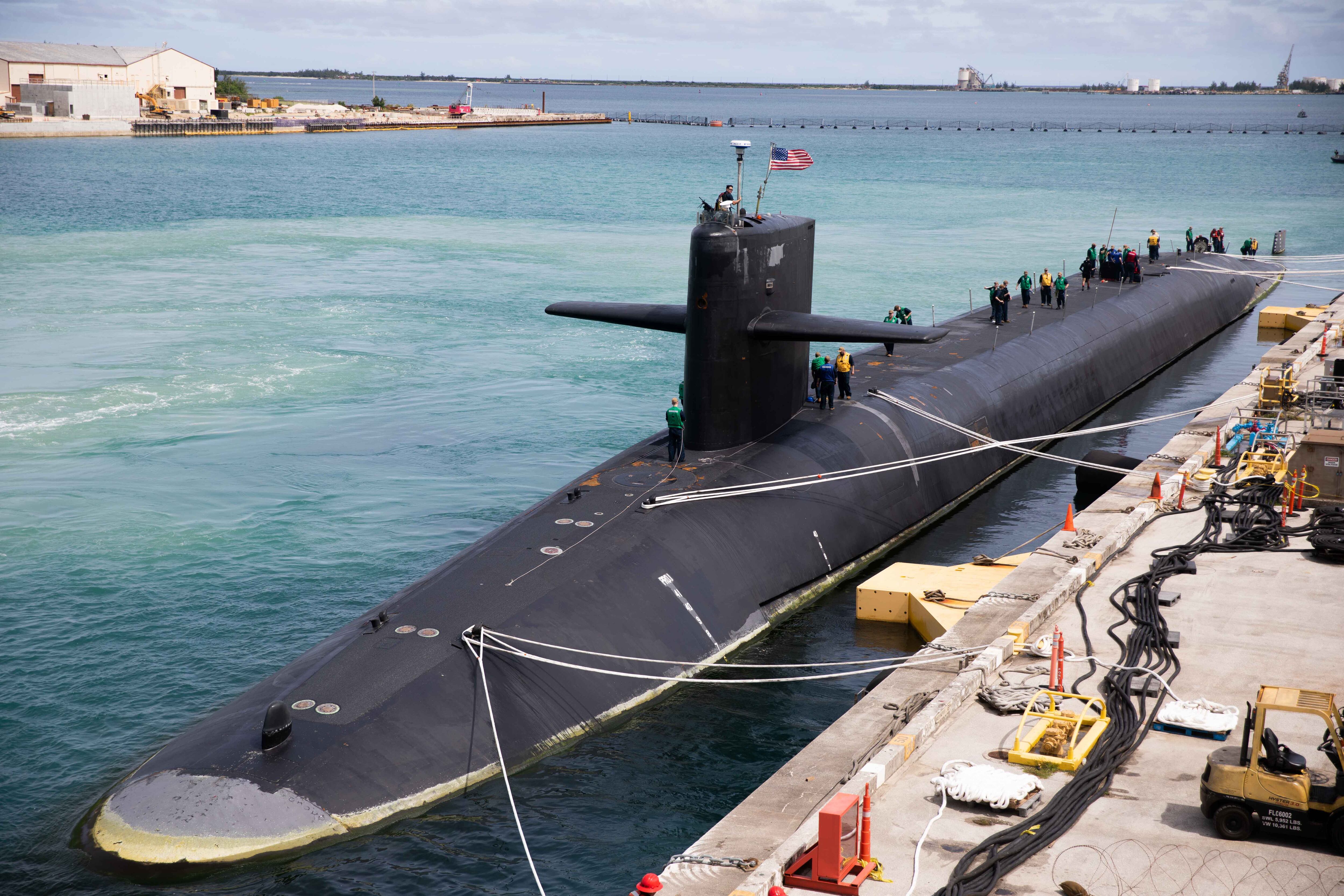Military treatment facilities have completed fewer than 100 abortions in the past five calendar years, all of which were permitted by federal law under strict circumstances, according to Defense Department data included in a report to Congress in May.
The numbers, compiled from calendar years 2016 to 2021 and obtained by Military Times, are limited to procedures that aborted what would have otherwise resulted in a “live birth,” according to the department’s definition.
This only includes pregnancies resulting from rape and incest, or pregnancies that would have killed the mother. Per federal regulations, these are the only types of abortions that are covered for service members, as the Hyde Amendment prevents using federal funding in all but these specific circumstances.
Little in the department’s policy is expected to change in the wake of Friday’s Supreme Court ruling, which overturned 1973′s Roe v. Wade decision and removed federal protections for abortion access.
While Pentagon officials have provided information on abortions to Congress for years, lawmakers started asking for more specific data last year. Now, the numbers provide a starting point for understanding how commonly abortions are performed in the military and how broadly new state laws could diminish access, but they only tell a small part of the story.
“Health care providers will continue to follow existing departmental policy, and the leadership of military medical treatment facilities will implement measures to ensure continued access to care,” Gil Cisneros, defense under secretary for personnel and readiness, said in a memo released Tuesday.
By service, doctors performed 20 procedures in the Air Force between 2016 and 2021, 35 in the Army, six in the Marine Corps and 30 in the Navy.
The report does not provide any context on the availability of abortions at treatment facilities across the services. It also does not account for patients who are referred for procedures at off-base private clinics, which can occur if a military treatment facility doesn’t employ staff or keep equipment to perform the procedure on their own.
On top of that, the report is only a snapshot of the number of procedures that service members, and their dependents, undergo every year with respect to ending pregnancies. The compiled data doesn’t include, for example, laparoscopic surgeries performed to end ectopic pregnancies, which result in inevitable miscarriage, on top of being life-threatening to the mother.
The data also doesn’t account for multiple procedures used to remove dead tissue after miscarriages, which are medically indistinct from voluntary abortions.
The Pentagon has said, first in a message from Defense Secretary Lloyd Austin and for a second time in Cisneros’ Tuesday memo, that it is reviewing its current policies and will issue guidance as necessary to ensure access to legal abortions continues.
Military Times congressional reporter and deputy editor Leo Shane III contributed to this report.
Meghann Myers is the Pentagon bureau chief at Military Times. She covers operations, policy, personnel, leadership and other issues affecting service members.










